Testimony of the Day
“Dear Maria, My husband was diagnosed with metabolic syndrome (aka Type II Diabetes) ten years ago. The diabetic counselors gave him a meal plan for 60 carbs/meal, including a 60 carb snack at night to keep his blood sugars from spiking throughout the day. Eight years later, he suffered a heart attack, survived the ordeal with two stents placed. Fast forward to 2013. A visit to the cardiologist in February 2013 was a disaster. The doctor did not like his blood pressure, his weight, his cholesterol numbers, his blood sugar. John was despondent for weeks.
In March, we had an appointment with our holistic physician who encouraged us to read “The Wheat Belly” by Dr. Davis. That opened our eyes to the evils of grain. Within a month, John’s blood pressure and blood sugars were much improved, triglycerides had gone down 500 points. But while there was some weight loss, he wasn’t seeing the results he had hoped for. Via Dr. Davis’ blog, we found a link to your site. While Dr. Davis put us on the grain-free path, you opened our eyes to the low carb, medium protein, high-fat diet. John’s insulin intake has dropped from 120 units/day to around 30 – 35 on a bad day.
I can’t wait to see his lab numbers, as well as the reaction from the cardiologist at his December appointment. We learned that not all fruit is created equal, and we were previously equating fruit to vegetables. The weight is coming off, joint pain is non-existent, our skin looks and feels healthier. John noticed that he had forgotten to take his inhaler (he is an asthmatic) for weeks, it just wasn’t necessary. He is down 30 lbs currently from his March weight. What I’ve discovered is that even though I’m only down about 10 lbs, I’ve gone down at least 2 sizes in slacks, soon to be 3.
Our arms are firmer, we have more muscle definition and this is without exercise. We now equate carbs to sugar. With some friends of ours, we took a road trip to attend your Metabolism 101 class this past Sunday, traveling 300 miles one way to attend. It was worth the trip. We are now the proud owners of all your books, autographed by the author and editor/photographer J. Not only did we get to personally meet you & Craig, but we were also able to experience your knowledge, your enthusiasm, your sharing, and caring attitude. What can I say? You are just amazing. Thanks so much!”
If you want to get started on a path to health and healing, click HERE. You will not regret it!
Anti-Aging Tips: Fructose and Glycation
Do you complain of sagging skin or cellulite? One of the big contributors to the aging process and development and perpetuation of degenerative diseases is Advanced Glycation End Product (AGEs) glycation. Glycation is where a chemical reaction occurs between proteins and either sugars, lipid peroxidation products (free radicals from oxidative damage), or the breakdown products of sugar. So sugar plays a big role in glycation as does oxidative damage (think PUFA oils and sugar inflammation).
Glycation is the forming of sort of a crust around our cells. Many different studies have shown that this crust contributes to a wide range of diseases including diabetes, Alzheimer’s, heart disease, asthma, stroke, cataracts, glaucoma, PCOS, autoimmune disease, and much more.
So what role does fructose play here? Studies have shown that fructose enables glycation reactions ten times more rapidly than glucose!
A high carbohydrate diet causes this glycation, in which the sugar in your bloodstream attaches to proteins to form harmful new molecules called advanced glycation end products, AGEs. The more carbohydrates you eat, the more AGEs you develop. As AGEs accumulate, they damage neighboring proteins in a domino-like manner. Collagen and elastin are the protein fibers that keep skin firm and elastic are most venerable when you are eating a high starch diet. Once the damage has been done, the supple and strong collagen and elastin become dry and delicate, leading to wrinkles and sagging.
AGEs deactivate your body’s natural antioxidant enzymes, leaving you more vulnerable to sun damage. Adding in 400 to 600mg of alpha-lipoic acid (ALA) can help repair the skin from your past years of being a sugar burner. If you are going to spend the money on ALA supplements and serums, make sure to get it from a quality source from Germany. Chinese ALA is processed with harsh and toxic chemicals. Click HERE to find the oral supplement I prefer.
HOMEMADE ALMOND MILK
1 1/2 cups of raw almonds, soaked in water overnight
4 cups of filtered or spring water
Blend 1 ½ cups of raw almonds that have been soaked overnight in 4 cups of water. Blend with pure vanilla extract if you like your milk with a hint of sweetness. Strain once to remove almond granules. The result is delicious, creamy milk that is free of harmful vegetable oil, and sweeteners. It can be stored safely for 3-4 days in the refrigerator.
“HEATHIFIED” ICED CHAI
1 Chai Tea Bag
16 ounces vanilla almond milk (or coconut milk)
4 TBS Swerve (or stevia to taste)
Warm almond milk until soft steam (not boiling). Add tea bag and sweetener and steep. Place in fridge to cool. Pour over ice and serve. (Or serve hot).
NUTRITIONAL COMPARISON (per serving)
Starbuck’s Chai Latte = 315 calories, 39 carbs, 0 fiber, 37g sugar
“Healthified” Chai Latte = 80 Calories, 4 carbs, 2 fiber, 0 sugar


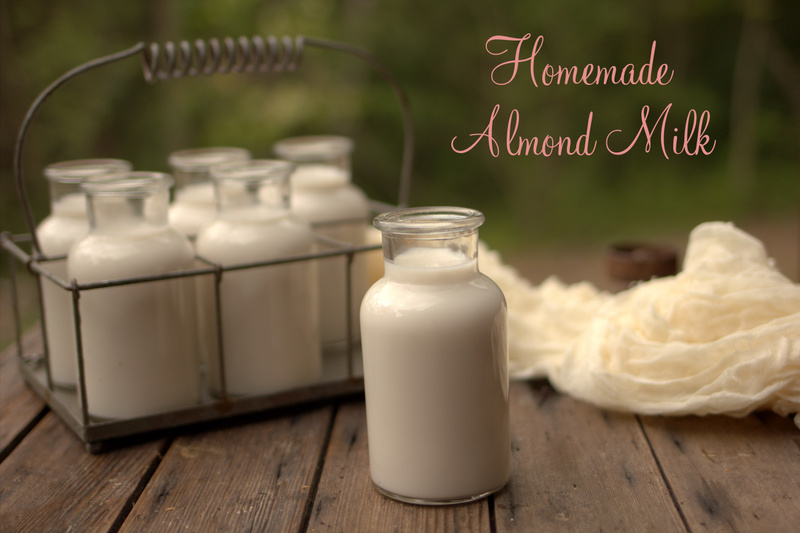


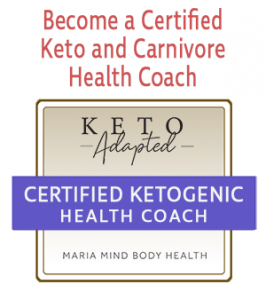

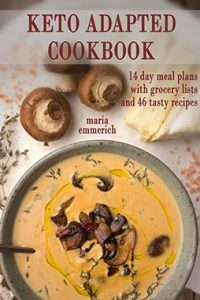
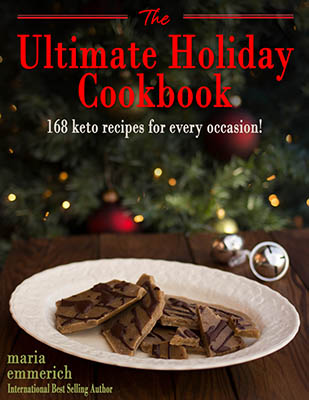
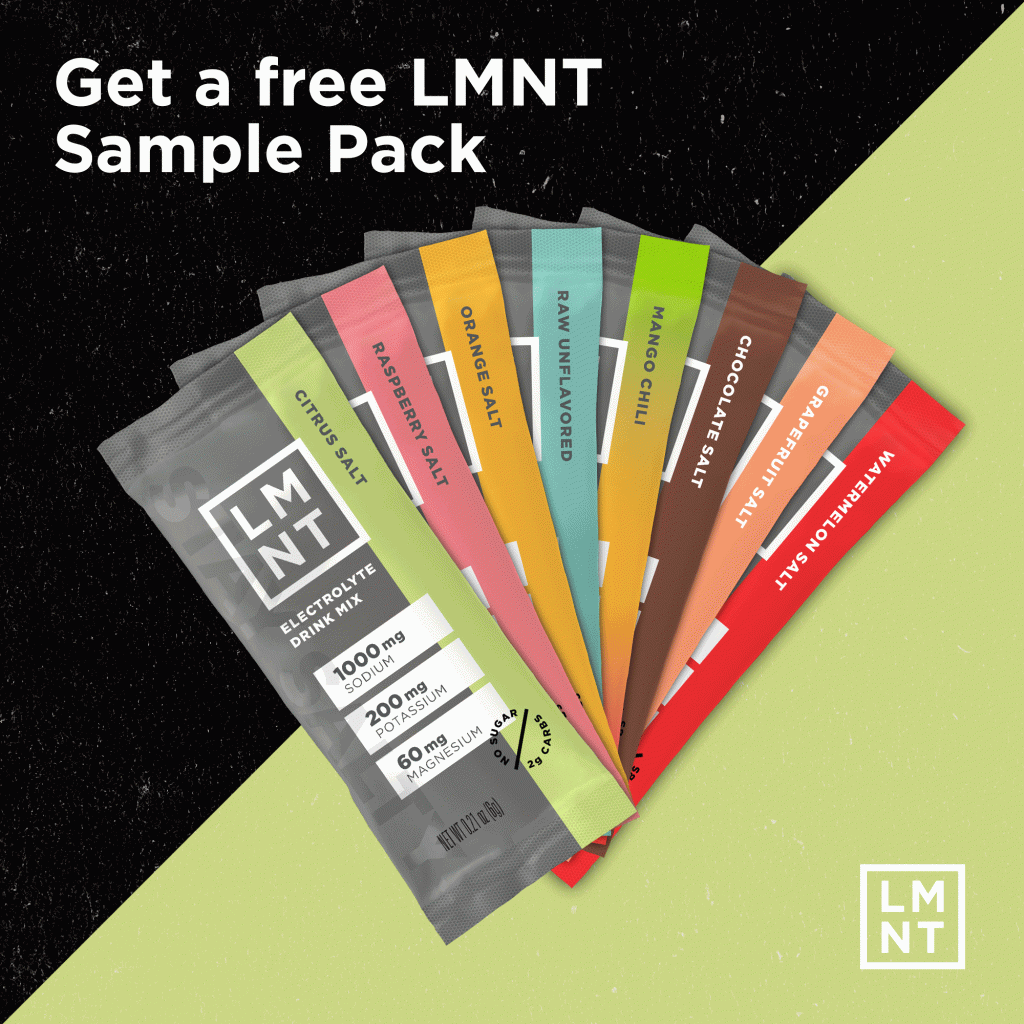
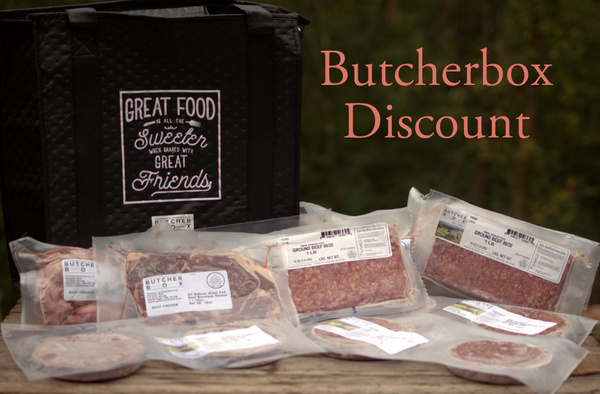


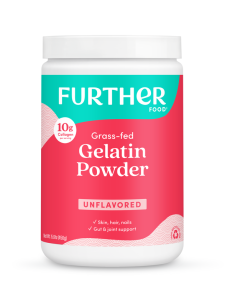

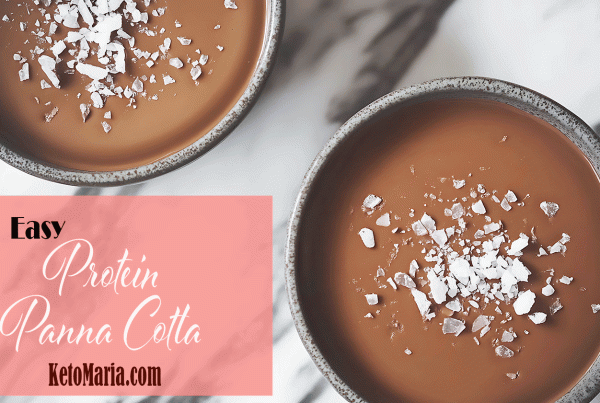
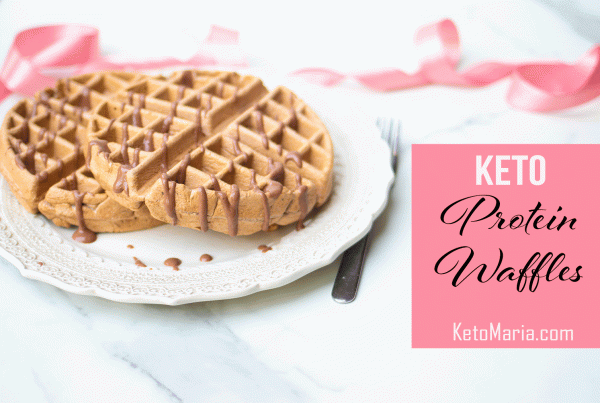

I do enjoy chai tea, made my own way–not the coffee shop variety. I hadn’t thought of using a healthier milk, but I haven’t had dairy milk in my home for a couple months, now. This should make a lovely, cozy bed-time beverage–so long as do not use the teas that are caffeinated.
Also, a tip for anyone who has a French press. I use mine to make the milk frothed.
~M~
How much vanilla do you suggest is the right amount. I’m trying to make my own but I must be putting too much in my girls don’t like it. I’m trying to stop buying the stuff at the store but I need them to like the stuff I’m making first. Also how would you go about making unsweetened chocolate milk please 🙂
I would try a teaspoon of vanilla and adjust from there. For chocolate just add some unsweetened cocoa powder, sweetener and blend well. 😉
I can’t get your recommended brand of ALA in Canada. Do you have another brand that you can suggest? NOW brand perhaps?
That should be fine. 🙂
Do you use the almond pulp as almond flour later?? What recipe can I use it for?
If you fully dry it you can. Here is a recipe:
http://www.amazingpaleo.com/2012/06/07/how-to-make-homemade-almond-flour/
Could you make almond milk from soaking almond flour in water? If so, how much flour to water?
I have a recipe here. 🙂
http://mariamindbodyhealth.com/homemade-almond-milk/
Can you sub out the sliced almonds in your recipe with almond flour?
would you know how much 1 1/2 cups of almond slices is equiv to almond flour?
hello from a fellow Wisconsinite! Wondering what your thoughts are on almond milk vs coconut milk. Also jay Robb whey vs egg white protein. I make homemade coconut milk and add jay Robb whey protein everyday. Thanks! You rock!
Hi! Both are good options. Coconut milk can be better for some (nut sensitivities). 🙂
What is the carbs amount in the almond milk?
Hello! Quick question: Is the almond milk recipe in any of your cookbooks?